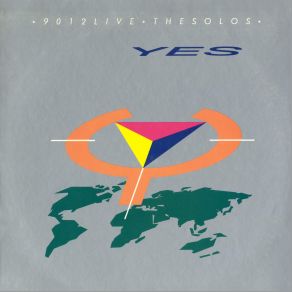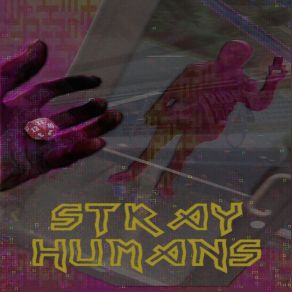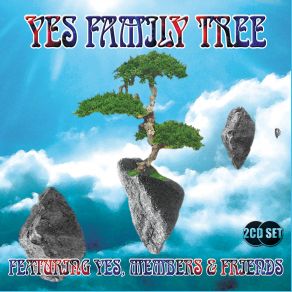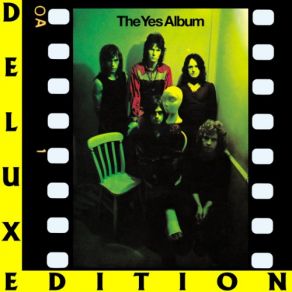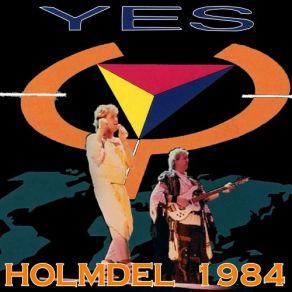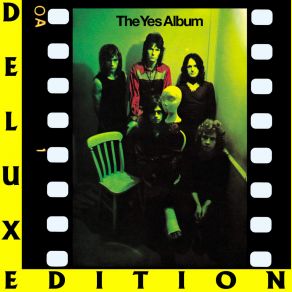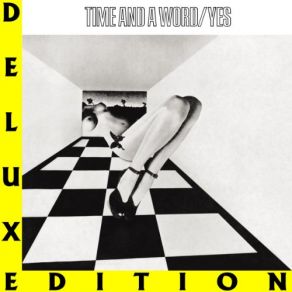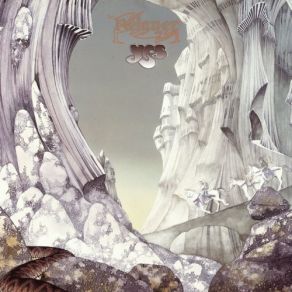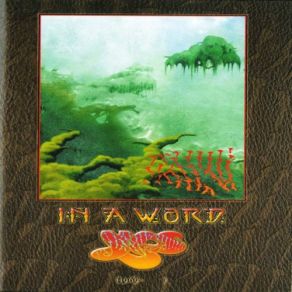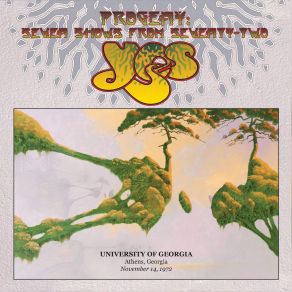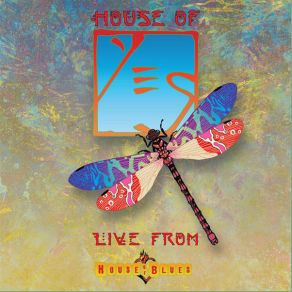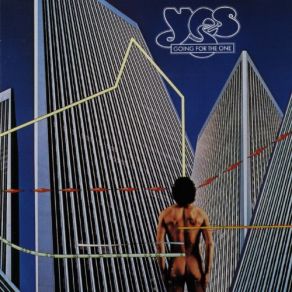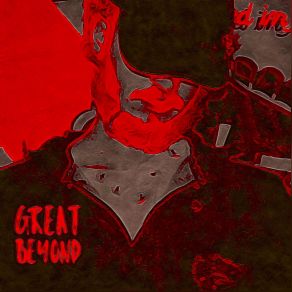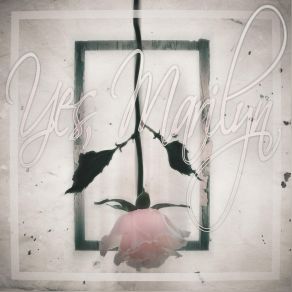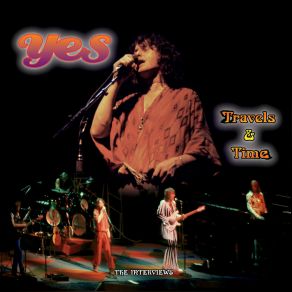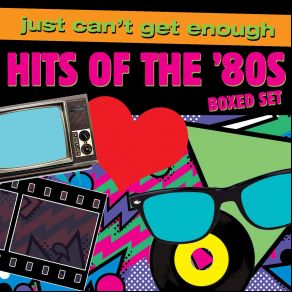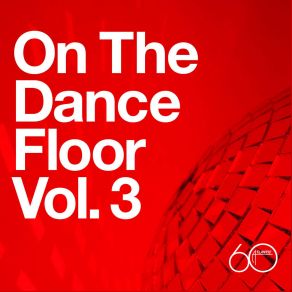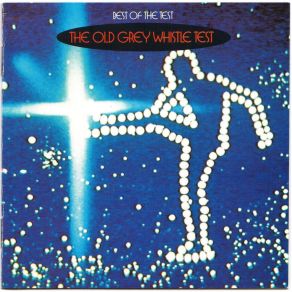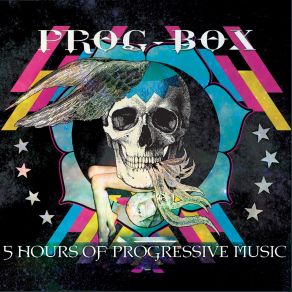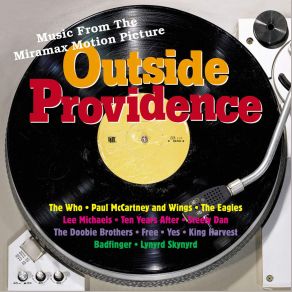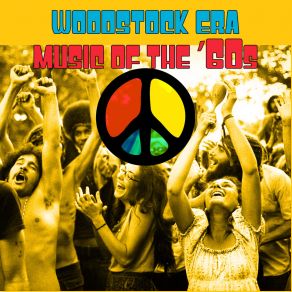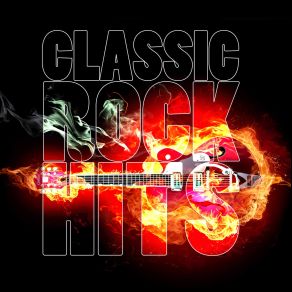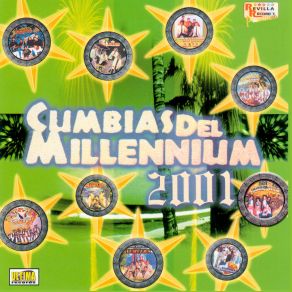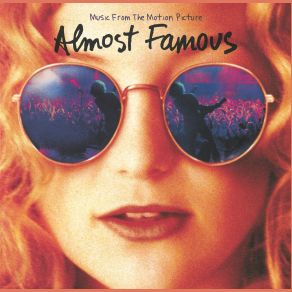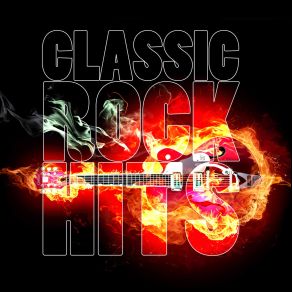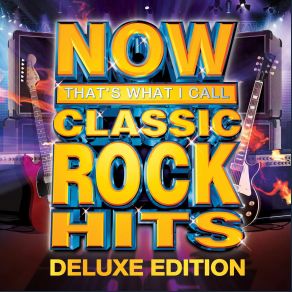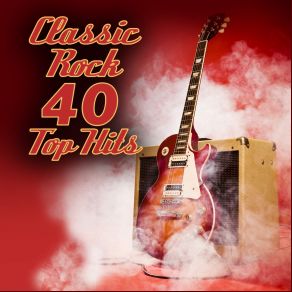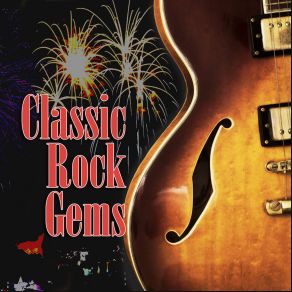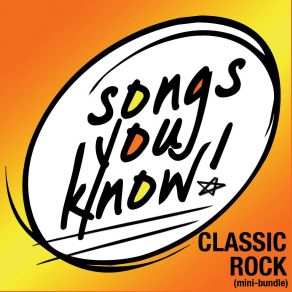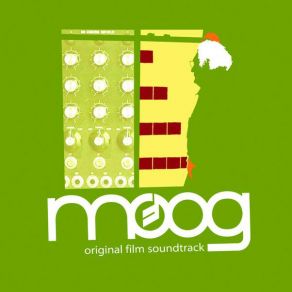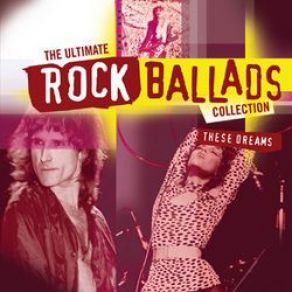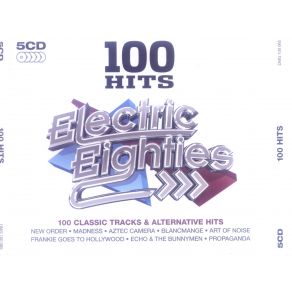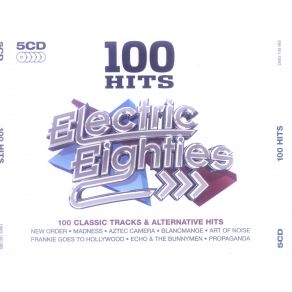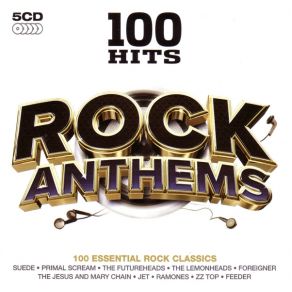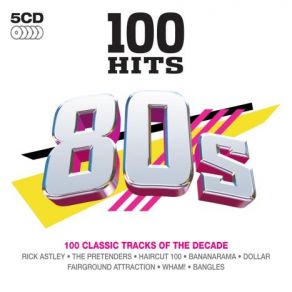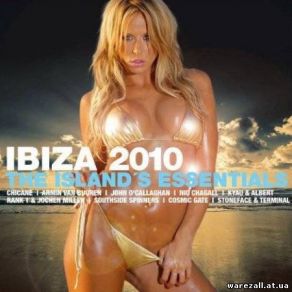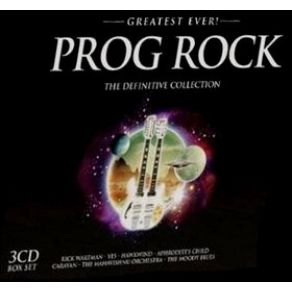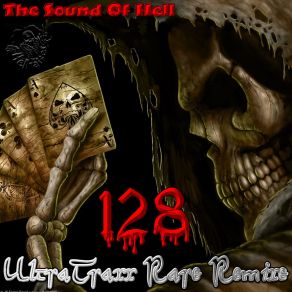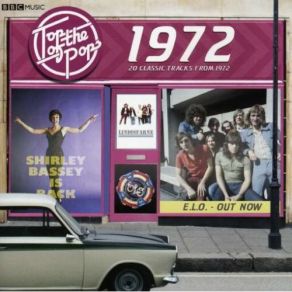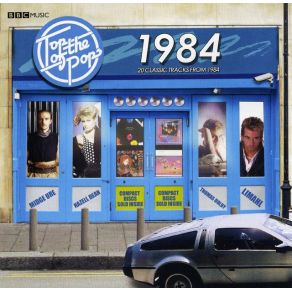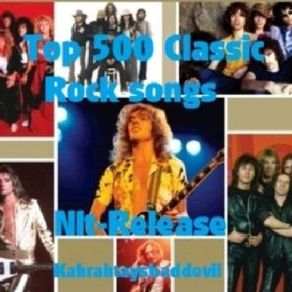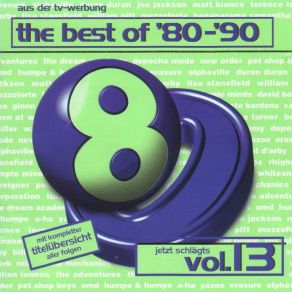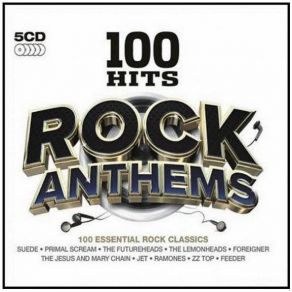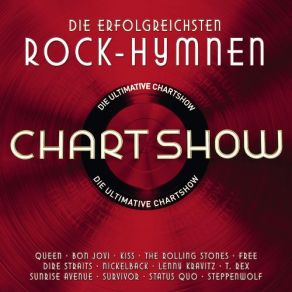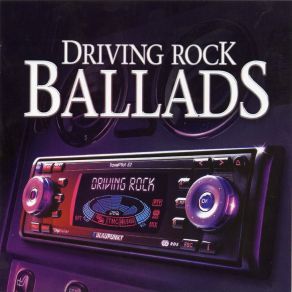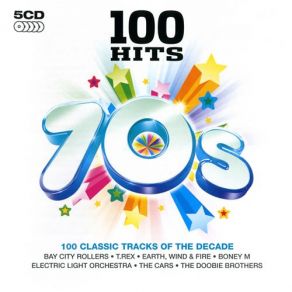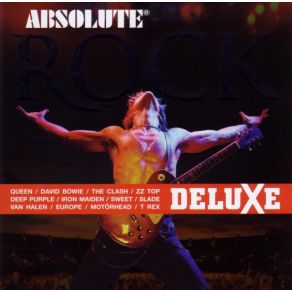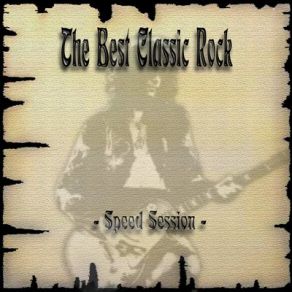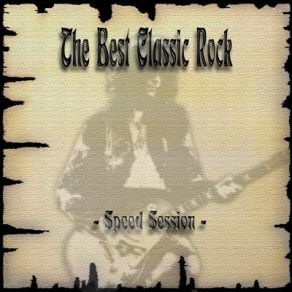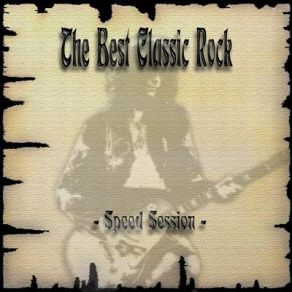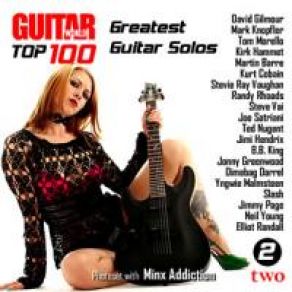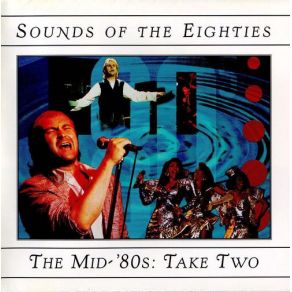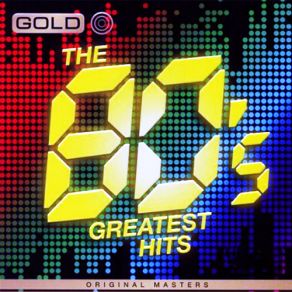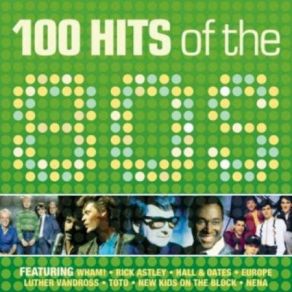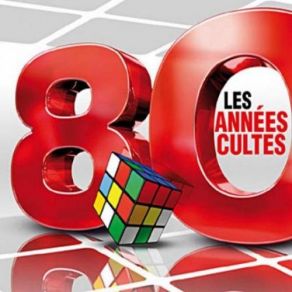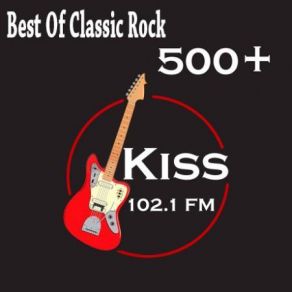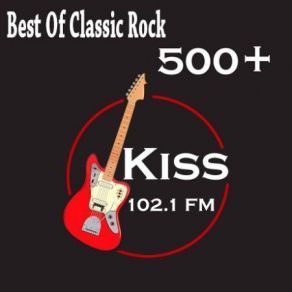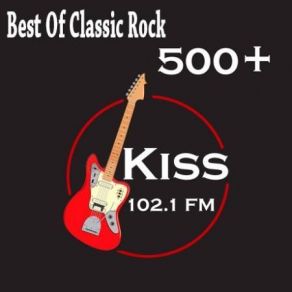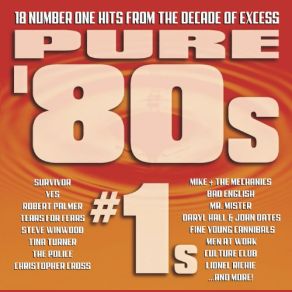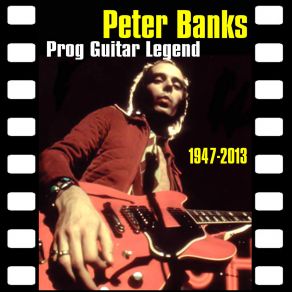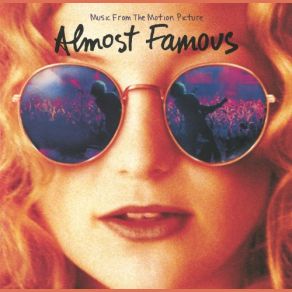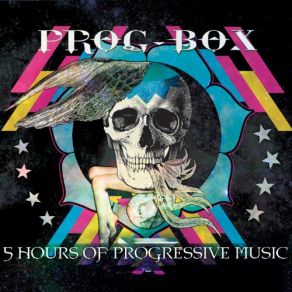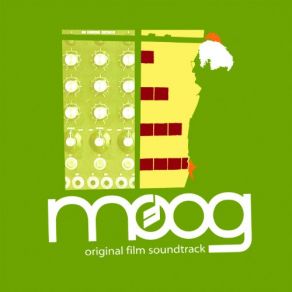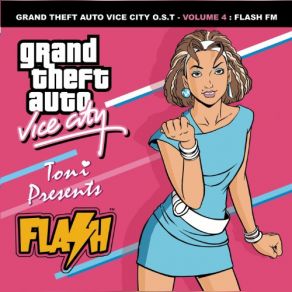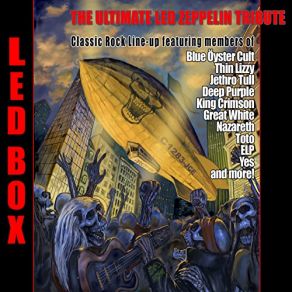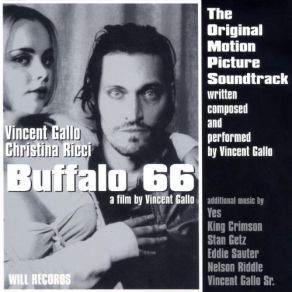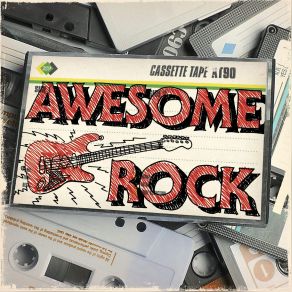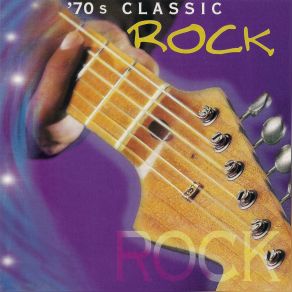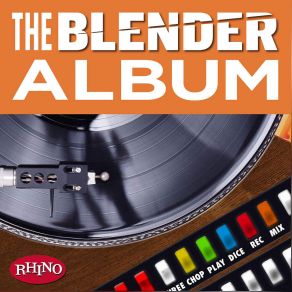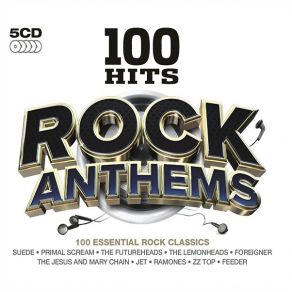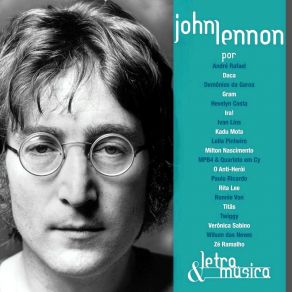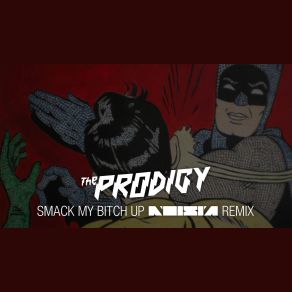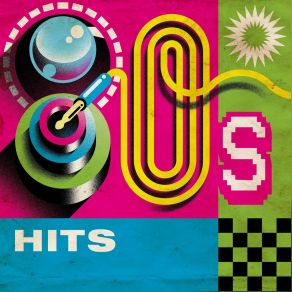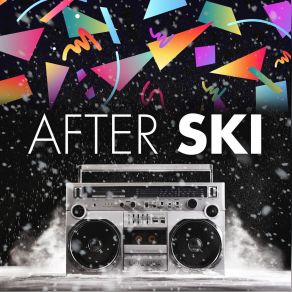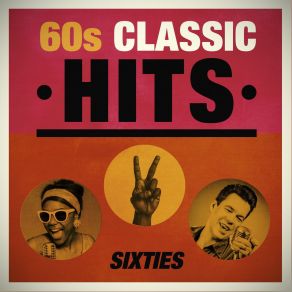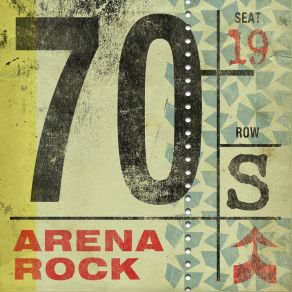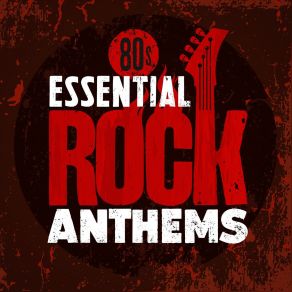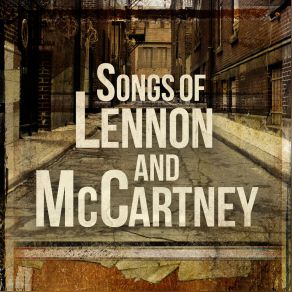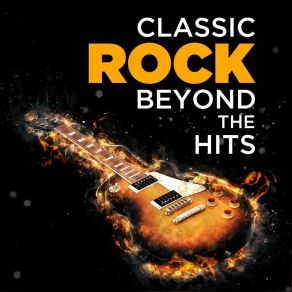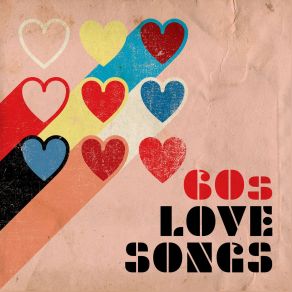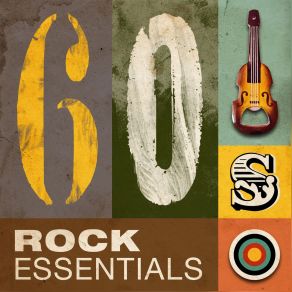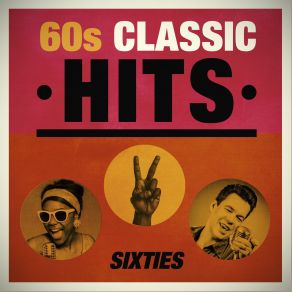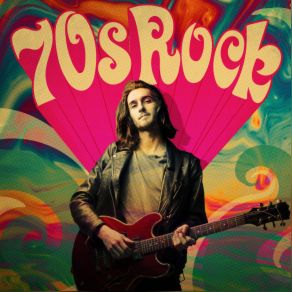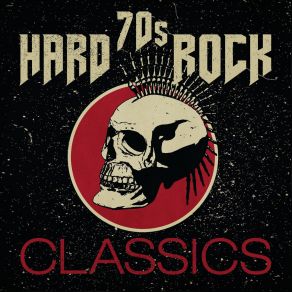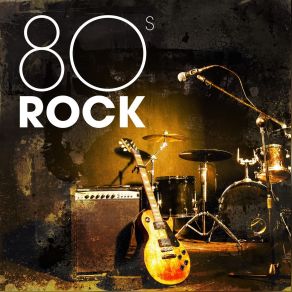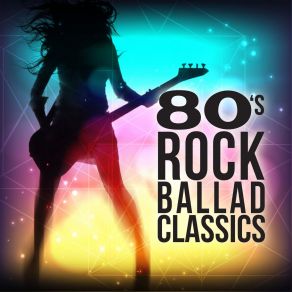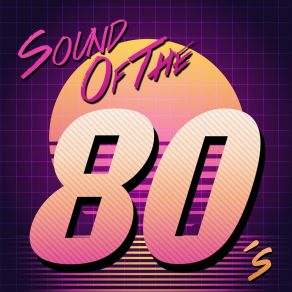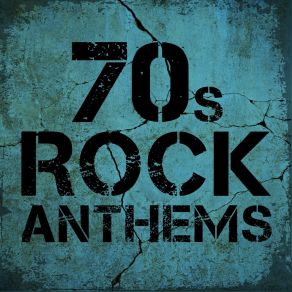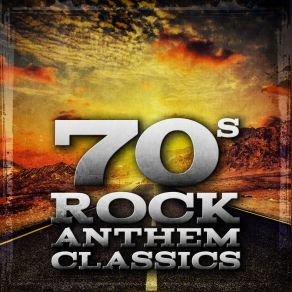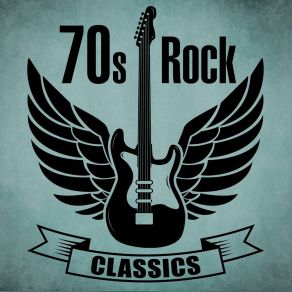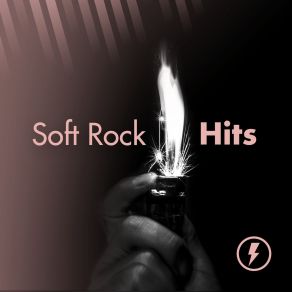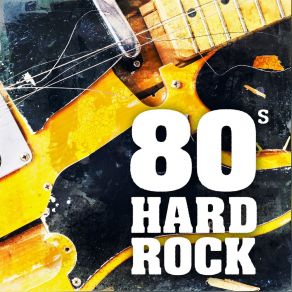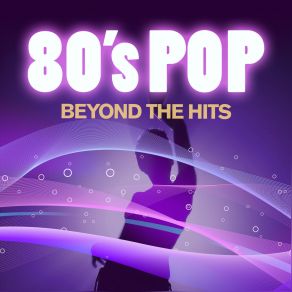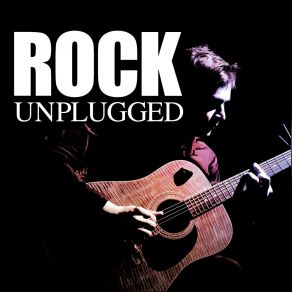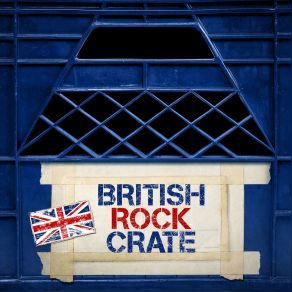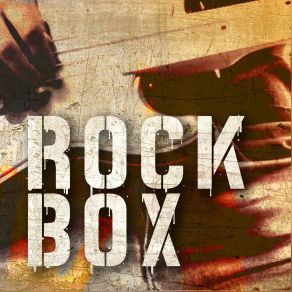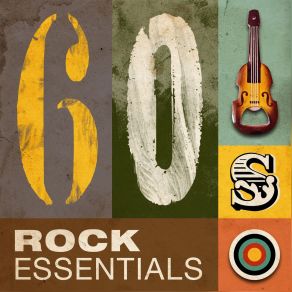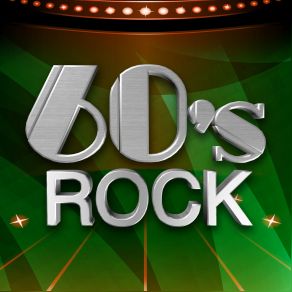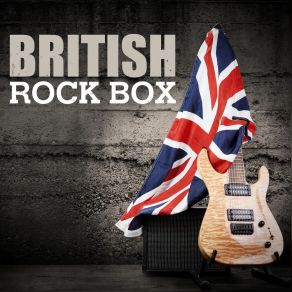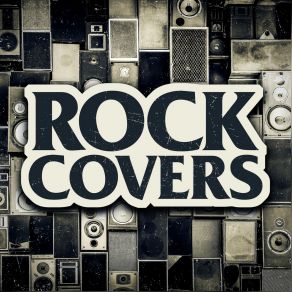Yes
Wikimp3 information about the music of Yes. On our website we have 70 albums and 70 collections of artist Yes. You can find useful information and download songs of this artist. We also know that Yes represents Rock genres.
Biography
[Edit]Far and away the longest lasting and the most successful of the '70s progressive rock groups, Yes proved to be one of the lingering success stories from that musical genre. The band, founded in 1968, overcame a generational shift in its audience and the departure of its most visible members at key points in its history to reach the end of the century as the definitive progressive rock band. Their audience remained huge because they had always attracted younger listeners drawn to their mix of daunting virtuosity, cosmic (often mystical) lyrics, complex musical textures, and powerful yet delicate lead vocals.
Lead singer Jon Anderson started out during the British beat boom as a m ember of the Warriors, who recorded a single for Decca in 1964; he was later in the band Gun before going solo in 1967 with two singles on the Parlophone label. He was making a meager living cleaning up at a London club called La Chasse during June of 1968, and was thinking of starting up a new band. One day at the bar, he chanced to meet bassist/vocalist Chris Squire, a former member of the band the Syn, who had recorded for Deram, the progressive division of Decca.
The two learned that they shared several musical interests, including an appreciation for the harmony singing of Paul Simon and Art Garfunkel, and within a matter of days were trying to write songs together. They began developing the beginnings of a sound that incorporated harmonies with a solid rock backing, rooted in Squire's very precise approach to the bass. Anderson and Squire saw the groups around them as having either strong vocals and weak instrumental backup, or powerful backup and weak lead vocals, and they sought to combine the best of both. Their initial inspiration, at least as far as the precision of their vocals, according to Squire, was the pop/soul act the Fifth Dimension. They recruited Tony Kaye, formerly of the Federals, on keyboards; Peter Banks, previously a member of the Syn, on guitar; and drummer Bill Bruford, who had only just joined the blues band Savoy Brown a few weeks earlier. The name Yes was chosen for the band as something short, direct, and memorable.
The group's break came in October of 1968 when the band, on the recommendation of the Nice's manager, Tony Stratton-Smith (later the founder of Charisma Records), played a gig at the Speakeasy Club in London, filling in for an absent Sly & the Family Stone. The group was later selected to open for Cream's November 26, 1968, farewell concert at Royal Albert Hall. This concert, in turn, led to a residency at London's Marquee Club and their first radio appearance, on John Peel's Top Gear radio show. They subsequently opened for Janis Joplin at her Royal Albert Hall concert in April 1969, and were signed to Atlantic Records soon after.
Their debut single, and Anderson and Squire's first song entitled "Sweetness," was released soon after. Their first album, Yes, was released in November of 1969. The record displayed the basic sound that would characterize the band's subsequent records, including impeccable high harmonies, clearly defined, emphatic playing, and an approach to music that derived from folk and classical far more than the R&B from which most rock music sprung — but it was much more in a pop music context, featuring covers of Beatles and Byrds songs. Also present was a hint of the space rock sound (on "Beyond and Before") in which they would later come to specialize. Anderson's falsetto lead vocals gave the music an ethereal quality, while Banks' angular guitar, seemingly all picked and none strummed, drew from folk and skiffle elements. Squire's bass had a huge sound, owing to his playing with a pick, giving him one of the most distinctive sounds on the instrument this side of the Who's John Entwistle, while Bruford's drumming was very complex within the pop song context, and Kaye's playing was rich and melodic.
In February of 1970, Yes supported the Nice at their Royal Albert Hall show, while they were preparing their second album, Time and a Word. By the time it was released in June of 1970, Peter Banks had left the lineup, to be replaced by guitarist Steve Howe, a former member of the Syndicats, the In Crowd, Tomorrow ("My White Bicycle"), and Bodast. Howe is pictured with the group on the jacket of Time and a Word, which was released in August, and played his first show with the group at Queen Elizabeth Hall on March 21, 1970, but Banks actually played on the album. This record was far more sophisticated than its predecessor, and even included an overdubbed orchestra on some songs, the only time that Yes would rely on outside musicians to augment their sound. The cosmic and mystical elements of their songwriting were even more evident on this album.
The group's fame in England continued to rise as they became an increasingly popular concert attraction, especially after they were seen by millions as the opening act for Iron Butterfly. It was with the release of The Yes Album in April of 1971 that the public began to glimpse the group's full potential. That record, made up entirely of original compositions, was filled with complex, multi-part harmonies; loud, heavily layered guitar and bass parts; beautiful and melodic drum parts; and surging organ (with piano embellishments) passages bridging them all. Everybody was working on a far more expansive level than on any of their previous recordings: on "Your Move" (which became the group's first U.S. chart entry, at number 40), the harmonies were woven together in layers and patterns that were dazzling in their own right, while "Starship Trooper" and "All Good People" gave Howe, Squire, and Bruford the opportunity to play extended instrumental passages of tremendous forcefulness. The Yes Album opened a new phase in the group's history and its approach to music. It was built on compositions that resembled sound paintings rather than songs; the swelling sound of Kaye's Moog synthesizer and organ, Howe's fluid yet stinging guitar passages, Squire's rippling bass, and Anderson's haunting falsetto leads all evoked sonic landscapes that were strangely compelling to the imagination of the listener.
The Yes Album reached number seven in England; later, it got to number 40 in America. Early in 1971, Yes made their first U.S. tour opening for Jethro Tull, and they were back late in the year sharing billing with Ten Years After, and the J. Geils Band. The bandmembers began work on their next album, but were interrupted when keyboard player Tony Kaye quit in August of 1971 to join ex-Yes guitarist Peter Banks in the group Flash. He was replaced by former Strawbs keyboard player Rick Wakeman, who played his first shows with the band in September and October of 1971.
Wakeman was a far more flamboyant musician than Kaye, not only in his approach to playing, but in the number of instruments that he used. In place of the three keyboards that Kaye used, Wakeman used an entire bank of upwards of a dozen instruments, including Mellotron, various synthesizers, organ, two or more pianos, and electric harpsichord. This lineup, Anderson, Squire, Howe, Wakeman, and Bruford, which actually only lasted for one year, from August of 1971 until August of 1972, is generally considered the best of all the Yes configurations, and the strongest incarnation of the band.
The group completed its next album, Fragile, in less than two months, partly out of a need to get a new album out to help pay for all of Wakeman's equipment. And partly due to this haste, the new album featured only four tracks by the group as a whole, "Roundabout," "The South Side of the Sky," "Heart of the Sunrise," and "Long Distance Runaround" — although, significantly, all except "Long Distance Runaround" ran between seven and 13 minutes — and was rounded out by five pieces showcasing each member of the band individually. Released in December of 1971, Fragile reached number seven in England and number four in America. The album's success was enhanced by the release of an edited single of "Roundabout," the group's first major hit, which reached number 13 on the U.S. chart. "Roundabout," with its crisp interwoven acoustic and electric guitar parts and very vivid bass textures, exquisite vocals, swirling keyboard passages, and brisk beat, proved an ideal introduction to the group's sound. The single's impact among teenage and college-age listeners was far greater than this chart position would indicate; they simply flocked to the band. Even the album's jacket, designed by artist Roger Dean, featured distinctive, surreal landscape graphics, which evoked images seemingly related to the music inside. These paintings would become part and parcel of the audience's impression of Yes' music, and later tours by the group would feature stage sets designed by Dean as an integral part of the shows.
Although they would continue to release 45s periodically, including a cover of Paul Simon's "America," Yes' future clearly lay with their albums. Close to the Edge, recorded in the late spring of 1972 and released in September of that year, showed just where they were headed, consisting of only three long tracks, essentially three sound paintings, in which the overall sound and musical textures mattered more than the lyrics or any specific melody, harmonization, or solo. The fans and critics alike loved Close to the Edge, resplendent in its rich harmonies and keyboard passages of astonishing beauty and complexity, brittle but powerful guitar, and drumming that was gorgeous in its own right. The album reached number four in England and number three in the United States without help from a hit single, though an edited version of "And You and I" did reach number 42 in America.
By the time of the record's release, however, Bill Bruford had left the band to join King Crimson, and was replaced by Alan White, a session drummer who was previously best known for having played with John Lennon and Yoko Ono's Plastic Ono Band. With White — who was a powerful player, but lacked the subtle melodic technique of Bill Bruford — installed at the drum kit, the group went on tour behind the new album to massive audience response and critical acclaim. As an added bonus for fans, Rick Wakeman had completed his first solo LP, the instrumental concept album The Six Wives of Henry VIII, which was released in February of 1973.
A large part of the Close to the Edge tour, like the group's prior tour with Bruford on the drums, was recorded, and a three-LP set entitled Yessongs, released in May of 1973, was assembled from the best work on the tour. Yessongs became a model for progressive rock live albums; at over 120 minutes, it included the band's entire stage repertoire (not coincidentally, the best songs from the three preceding albums), all of it uncut and well played. The live album reached number seven in England and number 12 in the United States.
The group spent the second half of 1973 trying to come up with a follow-up to four successive hit albums. The resulting record, a double LP entitled Tales from Topographic Oceans, was released in January of 1974 with such high expectations that it earned a gold record from its advanced orders. The album broke all previous artistic boundaries, consisting of four long tracks each taking up the full side of an LP. If the group's prior albums were made up of paintings in sound, then Topographic Oceans was a series of sonic murals, painted across vast spaces on a massive scale that did not make for light listening. The group members believed they had cultivated an audience for such music, and they were right; Topographic Oceans not only topped the British chart but reached number six on the American chart. No album has more divided both fans and critics of Yes alike. At the time of its release, critics called Tales from Topographic Oceans excessive, representing the height of progressive rock's self-indulgent nature. Originally inspired by Jon Anderson's reaction to a set of Shastric scriptures, the album displayed a sublime beauty in many parts, and immense, mesmerizing stretches of high-energy virtuosity for most of its length.
The group toured behind Topographic Oceans early in 1974, performing most of the album on-stage. Following this tour, plans were announced for each member of the group to release a solo album of his own. At this point, the group faced another major lineup change as Wakeman — whose second solo album, Journey to the Centre of the Earth, appeared in May of 1974 — announced that he was leaving Yes' lineup in June to pursue a solo career. In fact, as he revealed in interviews many years later, he'd been very unhappy with the content of Tales from Topographic Oceans, feeling that its music no longer reflected the direction he wanted to go in and that it was time to part company with the band. Wakeman's decision created a major problem for Yes, for the keyboard player had become a star within their ranks, and was the group's most well-known individual member; people definitely paid to see and hear his keyboards rippling amidst the band's sound.
In August of 1974, it was announced that Patrick Moraz, formerly of the progressive rock trio Refugee, had replaced Wakeman. Three months later, the group's new album, Relayer, was released, reaching the British number four spot and the American number five position. Moraz proved an adequate replacement for Wakeman, but lacked his predecessor's gift for showmanship and extravagance. The group toured in the wake of Relayer's release in November of 1974, but didn't record together again for two and a half years.
Indeed, in order to satisfy the demand for more Yes material in the absence of a new album while the group was on the road, Atlantic in March of 1975 released a collection of their early music entitled Yesterdays, drawn from the first two albums and various singles, which rose to number 27 in England and number 17 in America. A film that the group had made along their 1973 tour, entitled Yessongs, was released to theaters at around the same time. The movie received poor reviews, possibly owing to the fact that most reviewers were unfamiliar with the group's music, but it was profitable and has been popular for years on home video.
In November of 1975, Chris Squire's Fish Out of Water and Steve Howe's Beginnings were both released and climbed into the mid-sixties on the American charts. Squire's record was clearly the more accomplished of the two, virtually a lost Yes album, with the bassist exploring new instrumental and orchestral textures, and turning in a credible vocal performance as well. Howe's record was an interesting, low-key effort that might have impressed other guitarists, but was sorely lacking in the songwriting department.
These were followed in March of 1976 by Alan White's Ramshackled, which placed at number 41 in England, and Moraz's solo venture Patrick Moraz, which reached number 28 in England and number 132 in America. And in July of 1976, Jon Anderson's Olias of Sunhillow, a dazzling, Tolkien-esque science fiction/fantasy epic (with packaging on the original LP that must have doubled the basic production cost of the jacket) that sounded as much like a Yes album as any record not made by the entire band could, reached number eight in England and number 47 in America.
Amid all of these solo projects, the group's lineup changed once again, as Wakeman announced his return to the fold in late 1976, while Moraz exited. Wakeman's original plan was to assist Yes in the studio on their new album, but the sessions proved so productive that he made the decision, fully supported by the band, to return to the lineup permanently.
The group's next album, Going for the One, released in August of 1977, represented a much more austere, basic style of rock music, built around shorter songs. The long-player topped the British chart for two weeks and reached number eight on the American chart, while the singles "Wonderous Stories" and "Going for the One" rose to numbers seven and 24, respectively, in the U.K. Yes embarked on a massive tour shortly after the album's release, including their most successful American appearances ever, playing to record audiences on the East Coast.
Tormato, released nearly a year later, made the Top Ten in both England and America in the fall of 1978. Once again, after finishing the tour behind the album, the group members began working on solo projects. The year 1979 saw the release of The Steve Howe Album, while early in 1980 Jon Anderson hooked up with Greek keyboard player Vangelis. The two released an album, Short Stories, and an accompanying single, "I Hear You," early in 1980, both of which reached the British Top Ten. Jon & Vangelis, as the team became known, went on to cut several more records together.
In March of 1980, Yes' lineup collapsed, as Wakeman and then Anderson walked out after an unsuccessful attempt to start work on a new album. Two months later, Trevor Horn (vocals, guitar) and Geoffrey Downes (keyboards), formerly of the British band the Buggles, joined the Yes lineup of Steve Howe, Chris Squire, and Alan White. This configuration recorded a new album, Drama, which was released in August of 1980; rather ominously, this record did dramatically better in England, reaching the number two spot, than it did in America, where it got no higher than number 18. This hybrid lineup lasted for a year, but the old Yes incarnation remained much closer to the hearts of fans; in January of 1981 Atlantic Records released Yesshows, a double live album made up of stage performances dating from 1976 through 1978 that reached number 22 in England and number 43 in America.
Finally, in April of 1981, the breakup of Yes was announced. Geoff Downes formed Asia with Steve Howe, which went on to some considerable if short-lived success in the early '80s, and the rest of the band scattered to different projects. For a year and a half, the group seemed a dead issue, until Chris Squire and Alan White announced the formation of a new group called Cinema, with original Yes keyboard player Tony Kaye and South African guitarist Trevor Rabin. This band proved unsatisfactory, and Squire invited Jon Anderson to join. It was just about then that everyone realized that they'd virtually re-formed the core of the Yes lineup, and that they should simply revive the name.
In late 1983, this Yes lineup, with guitarist/vocalist Trevor Horn serving as producer, released an unexpected chart-topping hit single (number one in the U.S. in January of 1984) in "Owner of a Lonely Heart," displaying a stripped-down modern dance-rock sound unlike anything the group had ever produced before. The remaining group released a successful dance-rock style album, 90125, under Horn's guidance, which sold well but also proved a dead end, with no follow-up, when Horn chose not to remain with the group.
Yes was invisible for nearly two years after that, until the late 1987 release of Big Generator, which performed only moderately well. Meanwhile, in 1986, Steve Howe reappeared as a member of the quintet GTR, whose self-titled album reached number 11 in America. The proliferation of ex-Yes members gathering together in various combinations led to an ongoing legal dispute over who owned the group name, which came to a head in 1989. Luckily for four of them, the name Anderson Bruford Wakeman Howe was recognizable enough to reach the fans, which sent the resulting album into the U.S. Top 40 and the British Top 20, more or less handing them a victory by acclamation (later supported by the settlement) in their dispute over the name. By touring with An Evening of Yes Music, they presented their classic repertoire to sold-out houses all over the country, including a 1990 gig at Madison Square Garden.
The legal squabbles had all been settled by the spring of 1991, at which time a composite "mega Yes" group consisting of Anderson, Howe, Wakeman, Squire, Kaye, White, Rabin, and Bruford (all of the key past members except Peter Banks) embarked on a blow-out world tour called Yesshows in 1991. The accompanying album, Union, which displayed a somewhat tougher sound than they'd been known for, debuted on the British chart at number seven and reached number 15 in America. This tour, which allowed the band to showcase music from all of its previous incarnations and, in the second half of the show, featured each member who wished it in a solo spot, broke more records. These mammoth three-hour shows and the resulting publicity only seemed to heighten interest in the four-CD box set YesYears, which was released by Atlantic in 1991.
The rest of the 1990s proved every bit as busy for members of the group as the '80s had been, if not always in a group context. Bill Bruford and Steve Howe, in conjunction with producer Alan Parsons and arranger David Palmer, successfully spun off the group's classic music on a mostly instrumental project called Symphonic Music of Yes, released on RCA, which presented many of the best-known Yes songs in an orchestral setting (with Jon Anderson furnishing vocals in two places). Trevor Rabin reunited with Anderson, White, Kaye, and Squire in 1994 for the Talk album, which sold poorly despite a national tour and the presence of a killer single in "The Calling." Kaye left the music business for more than a decade following that tour, which saw guitarist Billy Sherwood, a longtime friend of Squire's and an ex-member of World Trade, join as a new official member of the band.
It was also around this time that the first round of upgraded reissues of the group's catalog appeared on CD from Atlantic Records. In 1995, the classic lineup of Anderson, Howe, Squire, Wakeman, and White reunited for a short series of performances, which yielded several live recordings as well as a pair of new studio albums soon after, Keys to Ascension and Keys to Ascension 2, but the reunion was interrupted by Wakeman's departure, in a dispute over the treatment of the new studio material. Sherwood eventually took over on keyboards, in addition to his guitar duties. He and Squire became key members of the latter-day Yes lineup, their work in their own band Conspiracy serving as the core of what became the Yes album Open Your Eyes.
By this time, Yes had taken on two distinct incarnations, on-stage and in the studio. With Trevor Rabin having opted out of the group after 1995 in favor of work as a film composer, Steve Howe returned to the concert stage as a member, his work a highlight of their shows, while in the studio it was Sherwood and Squire, along with Anderson, at the creative center of the group. And another new member was added following the tour for Open Your Eyes (which was mostly devoted to reviving their '70s repertoire), in Igor Khoroshev.
The group's lineup went through further changes amid a plethora of live recordings, released as both CDs and DVDs, in the early 21st century. Sherwood was dismissed in 2000, and Khoroshev was gone after the tour that year. Magnification saw the band working with a full orchestra, which proved something of a disappointment to many fans — Yes had never really worked well with that sort of accompaniment, on those rare occasions when they tried it in the past, and not even state-of-the-art digital technology could help. Wakeman was back for the group's 2002 international tour, and Yes toured again two years later, to commemorate their 35th anniversary.
All of these performances and new recordings coincided with a massive amount of activity surrounding the group's catalog. A second, more expansive career-retrospective five-disc box set, In a Word: Yes, was released in 2002, and around this same time Japanese WEA reissued the entire Yes catalog in audiophile-quality remastered editions, packaged in handsome miniature LP sleeves that re-created all of the Roger Dean-designed jackets in perfect detail, inside and out. Not to be outdone, Rhino Records in the U.S. issued their own remastered editions of the same catalog in slipcased editions, with the added virtues of extensive bonus tracks and annotation and, in the case of Tales from Topographic Oceans, a remixed master as well.
Yes, by now carrying so many permutations to their lineup and sound, had transcended their progressive rock origins. Trevor Rabin returned to the fold alongside Howe — along with Geoff Downes — for one night, in a performance honoring Trevor Horn at the 2004 Prince's Trust concert. The group then became officially inactive, though Rhino did release a third box set, entitled The Word Is Live, in 2005, to decidedly lackluster reviews — mostly the set was made up of secondary material performed by lesser later lineups, though its first disc, part of which showcased the Peter Banks/Tony Kaye period, was worth hearing. Kaye, Sherwood, and White reunited in a new context — using the group name CIRCA: — in 2006, with an album released the following year.
By 2010, a core group made up of Howe, Squire, Downes, and White began recording the 21st studio album from the band, the Trevor Horn-produced Fly from Here. Released in June of 2011, it included Canadian singer Benoit David, who had performed in a Yes tribute band, on lead vocals. Early the next year, while on tour, David was replaced by Jon Davison from a Tennessee-based, latter-day prog band known as Glass Hammer. Yes continued to tour during the subsequent years, and re-entered the studio in early 2014 with Davison in tow. The sessions, produced by Roy Thomas Baker, appeared that July with the title Heaven & Earth.
Title: Live at Ottawa Civic Centre, Ottawa, Ontario, Canada, November 1, 1972
Artist: Yes
Genre: Rock, Progressive Rock
Title: The Many Faces Of Yes (CD1: The Bbc Sessions)
Artist: Yes
Genre: Progressive Rock, Progressive Metal
Title: Songs From Tsongas: Yes 35th Anniversary Concert (Live)
Artist: Yes
Genre: Rock, Progressive Rock, Pop, Psychedelic
Title: Live at University of Georgia, Athens, Georgia, November 14, 1972
Artist: Yes
Genre: Rock, Progressive Rock
Title: The Quest (Japanese Edition) (CD2)
Artist: Yes
Genre: Progressive Rock, Symphonic Rock, Progressive Metal, Progressive
Title: Live At Knoxville Civic Auditorium, November 15, 1972
Artist: Yes
Genre: Rock, Progressive Rock
Title: Fly From Here: Return Trip
Artist: Yes
Genre: Rock, Progressive Rock, Punk Rock, Progressive Metal
Collections
Title: Just Can't Get Enough: Hits of the '80s
Genre: Pop
Title: Atlantic 60th: On the Dance Floor, Vol. 3
Genre: Dancefloor, Dance Pop
Title: Best of the Test - The Old Grey Whistle Test
Genre: Rock
Title: Woodstock Era - Music of the '60s
Genre: Rock
Title: Rhino Hi-Five: '80s Pop
Genre: Pop
Title: Classic Rock Hits
Genre: Rock
Title: Cumbias Millennium (2001)
Genre: Latin
Title: Lo Mejor Del Ritmo Y Sabor
Genre: Latin
Title: La Catedral de la Cumbia, Vol. 2
Genre: Latin
Title: Classic Rock Hits
Genre: Rock
Title: NOW: Classic Rock Hits (Deluxe Edition)
Genre: Rock
Title: Maquina Rave Compilation
Genre: Dancefloor, Dance Pop
Title: Classic Rock - 40 Top Hits
Genre: Rock
Title: Classic Rock Gems
Genre: Rock
Title: Atlantic 60: Instrumental Jams
Genre: Hip Hop/R&B, Soul, Jazz, Rock
Title: Songs You Know!, Vol. 7
Genre: Rock
Title: Moog (Soundtrack from the Motion Picture)
Genre: Theatre/Soundtrack
Title: THE ULTIMATE ROCK BALLADS COLLECTION - THESE DREAMS CD 2
Genre: Rock
Title: 101 Driving Songs CD 1
Title: De Pre Historie 80s CD 4
Title: 100 Hits Electric Eighties CD 3
Genre: Club/Dance, Pop
Title: 100 Hits Electric Eighties CD 5
Genre: Club/Dance, Pop
Title: Time Life - Sounds Of The Seventies 1972 - Take Two
Genre: Soul, Jazz, Soul Jazz, Rock, Folk Rock, World Music, Pop, Funk
Title: Maxi Singles 70 - 80 And 90 Vol. 2 CD 1
Genre: Club/Dance
Title: 100 Hits - Rock Anthems [Cd5]
Genre: Alternative Rock, Folk Rock, Garage Rock, Indie Rock, Psychedelic Rock, Punk, Pop Rock
Title: 100 Hits: 80s (Disc 3)
Genre: Soul, Folk Rock, Indie Rock, New Wave, Country, Rockabilly, Synth Pop, Ska
Title: One Shot '80, Volume 7
Genre: Pop
Title: 100 Hits: Dance Anthems (Disc 3)
Genre: House, Euro House, Trance
Title: Ibiza 2010 The Island Essentials
Genre: Pop
Title: Top 100 Hits Of The 80s
Genre: Rock
Title: Greatest Ever! Prog Rock (Disc 1)
Genre: Progressive Rock
Title: Rockklassiker
Genre: Rock
Title: De Beste Zangers Van Nederland 3
Genre: World Music, Pop
Title: Las 101 Grandes Canciones De Amor CD2
Genre: Pop
Title: Top Of The Pops 1972 CD5
Genre: Pop
Title: Top Of The Pops 1984 CD1
Genre: Hip Hop/R&B, Dancefloor, Pop
Title: Rockklassiker 2012
Genre: Blues
Title: 500 Classic Rock Songs Vol. 3 CD3
Genre: Hard Rock, World Music, Pop
Title: 500 Classic Rock Songs Vol. 1 CD2
Genre: Rock
Title: The Best Of 1980 - 1990 Volume 13 (CD2)
Genre: Electronica, Hip Hop/R&B, Soul, Club/Dance, Disco, Pop, Pop Rock, Dance Pop, New Romantic
Title: Die Erfolgreichsten Rock - Hymnen 2012 (CD2)
Genre: Pop
Title: Driving Rock Ballads
Title: 100 Hits - 70s (CD2)
Genre: Rock, Folk Rock, New Wave, Punk, World Music, Disco, Funk
Title: 100 Hits 2000s (CD5)
Genre: World Music, Pop, Pop Rock
Title: Navigatorz Fresh!! Indie Playlist September 2012
Genre: Indie Pop, Indie Rock
Title: The Greatest Songs Of The 80s (CD1)
Genre: Country, Outlaw Country, Disco, Pop Rock, Synth Pop
Title: Club News Vol. 254
Genre: Club/Dance, Dance Pop
Title: Club News Vol. 256
Genre: Club/Dance, Dance Pop
Title: Absolute Rock Deluxe
Genre: Rock, Alternative Rock, Hard Rock, Progressive Rock, Rock & Roll
Title: The Best Classic Rock - Speed Session (CD4)
Genre: Rock
Title: The Best Classic Rock - Speed Session (CD11)
Genre: Rock
Title: The Best Classic Of Rock Volume 4
Genre: Rock
Title: The Best Classic Of Rock Volume 11
Genre: Rock
Title: 100 Best Guitar Solos (CD3)
Genre: Rock
Title: Gold Guitar Solos
Genre: Rock
Title: 80s Tune On
Title: 80s Megabox (CD2)
Title: Les Meilleurs Tubes 80 Version Extended Remix Vol. I
Genre: Dancefloor, Pop
Title: Everybody Dance! Remixed Dance Classics (CD1)
Genre: Electronica
Title: Best Of Classic Rock Kiss FM (CD1)
Genre: Rock
Title: Best Of Classic Rock Kiss FM (CD3)
Genre: Rock
Title: Best Of Classic Rock Kiss FM (CD4)
Genre: Rock
Featuring albums
Title: Almost Famous (Music From The Motion Picture)
Artist: Various Artists
Genre: Theatre/Soundtrack
Title: New York: A Mix Odyssey
Artist: Armand Van Helden
Genre: Electronica, House, Rock, Alternative Rock, New Wave, Post Punk, Dancefloor, Pop, Dance Pop
Title: Chronicles of Time
Artist: Various Artists
Genre: Theatre/Soundtrack, Instrumental, Instrumental

